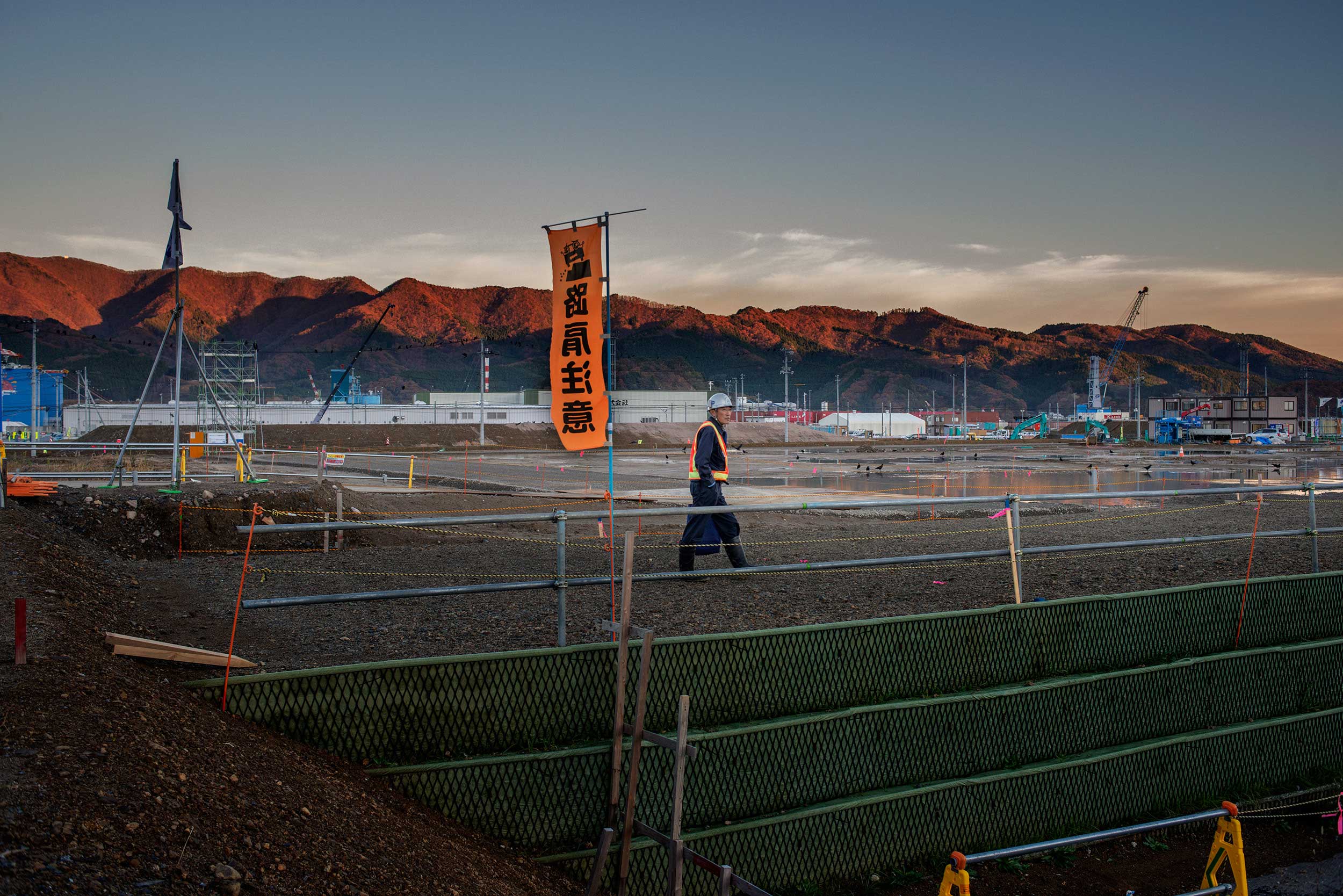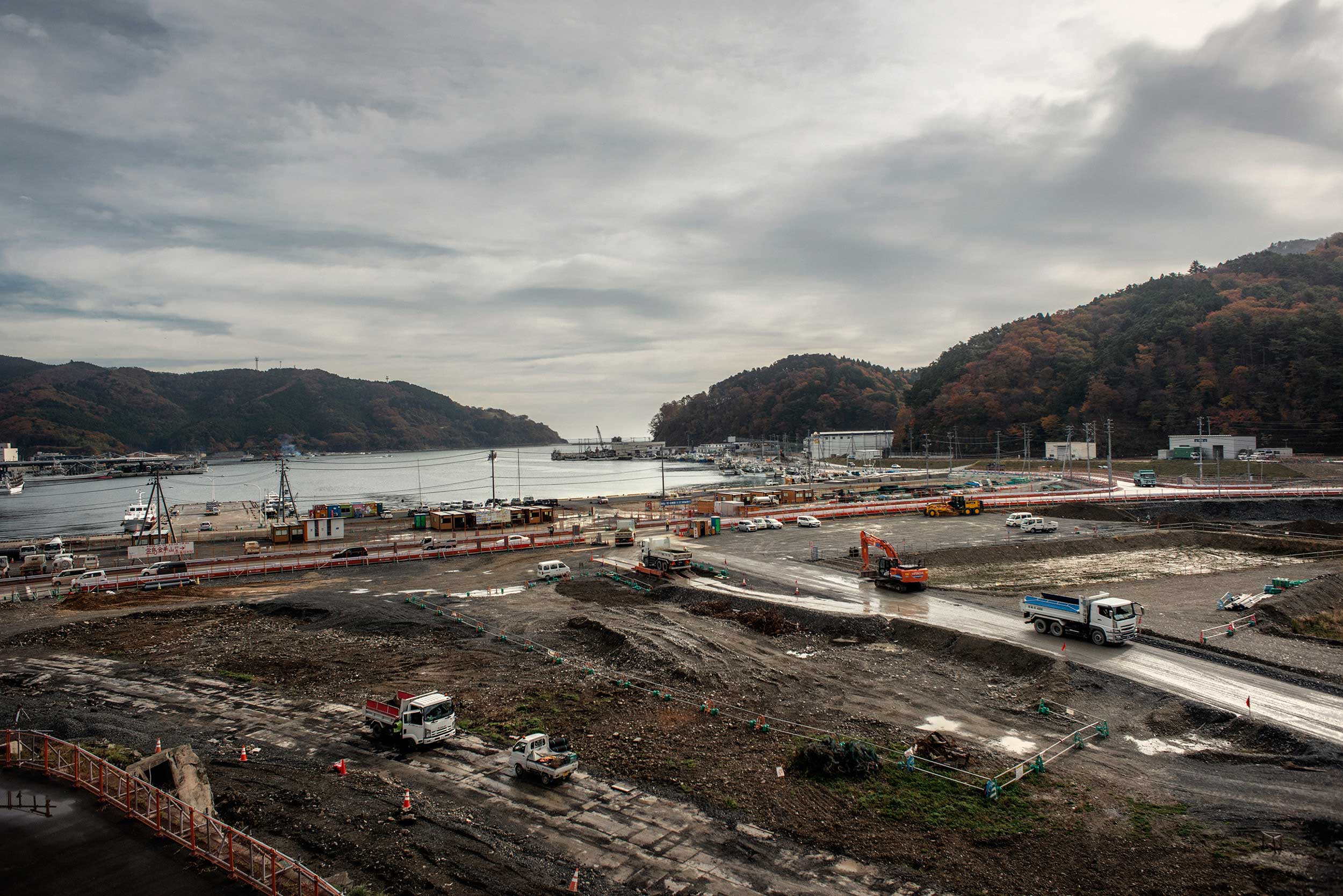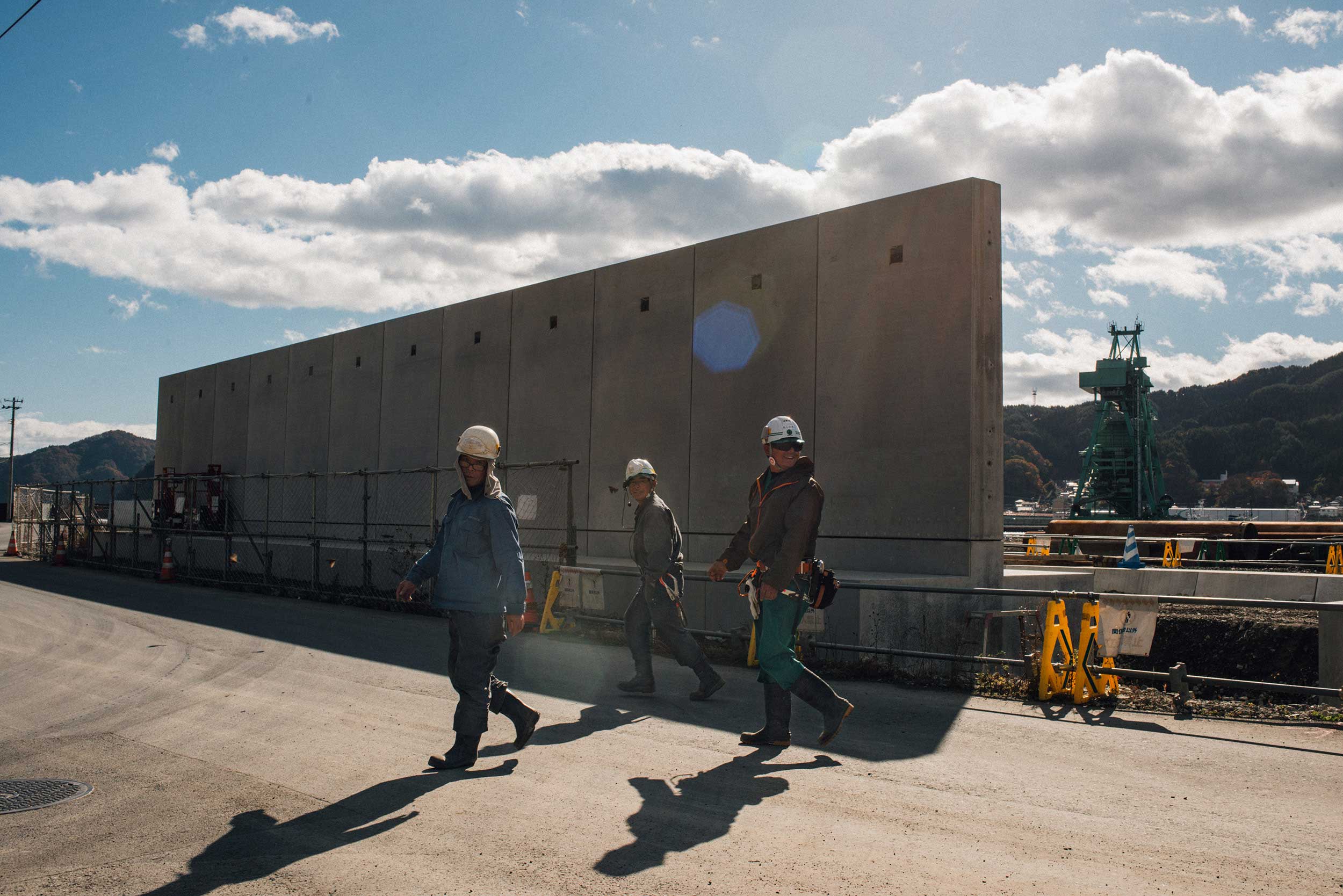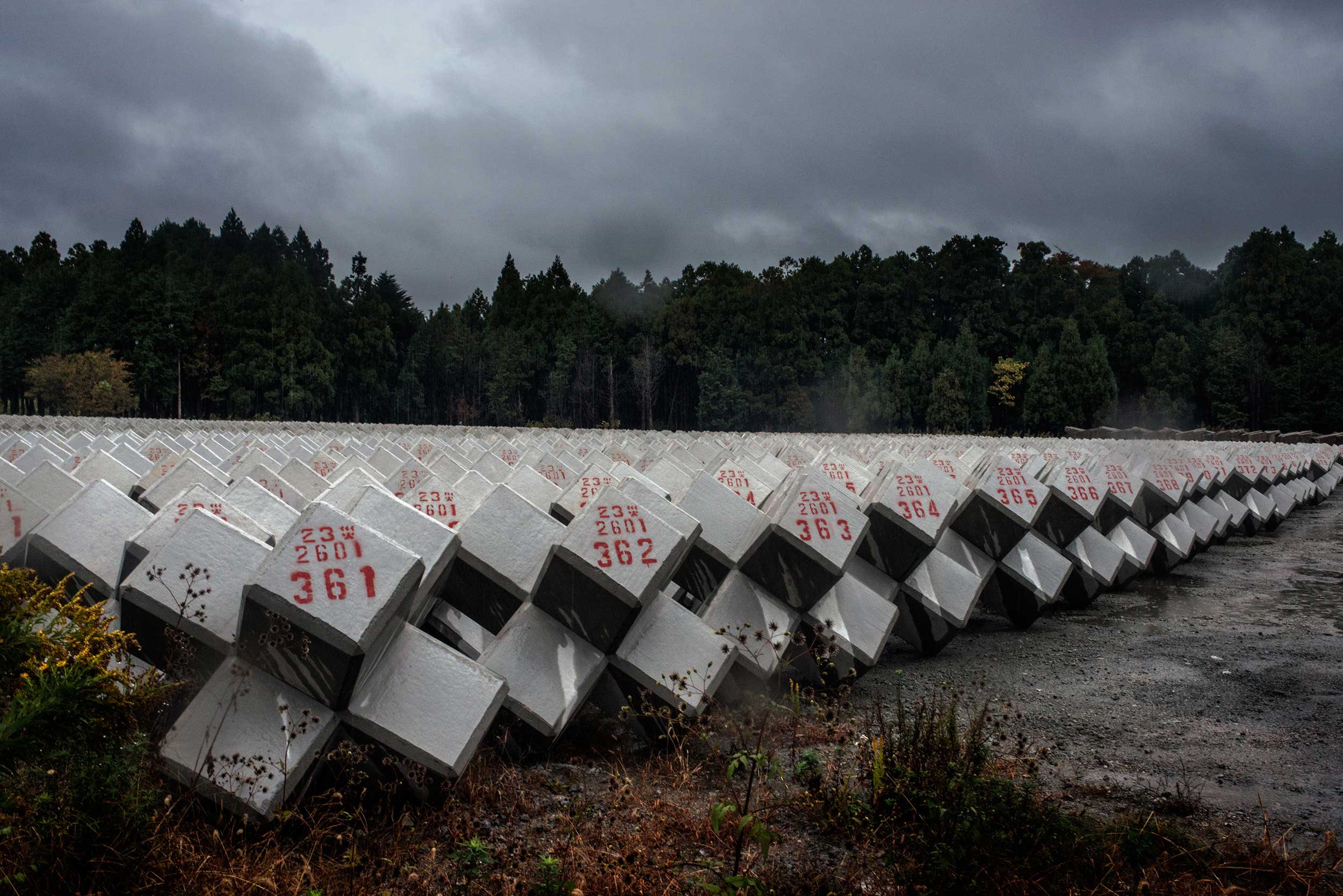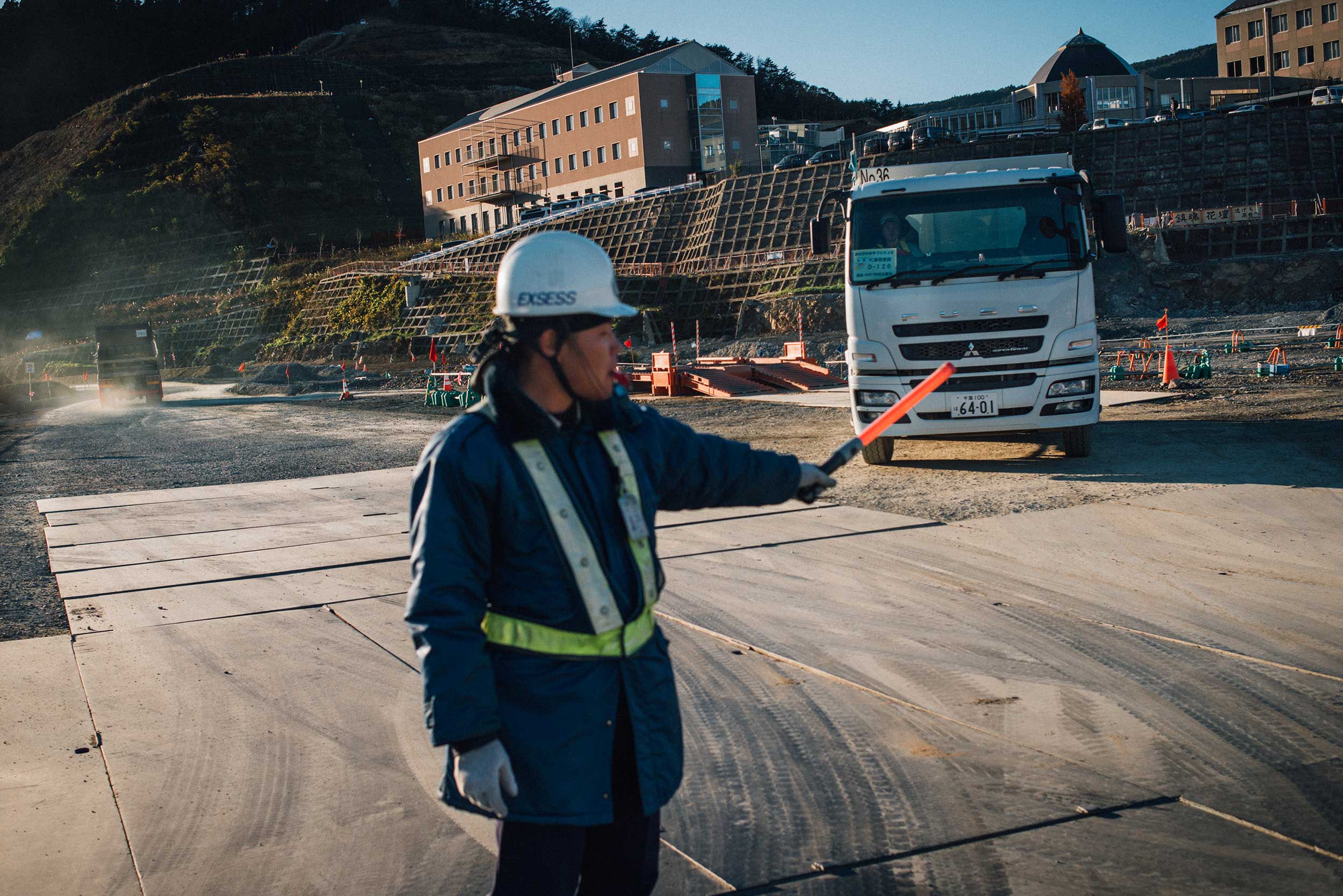by Alessia Cerantola, Emanuele Satolli, Matteo Moretti
On March 11, 2011 at 14:46 local time, a magnitude 9 earthquake with its epicentre off the northeastern coast of Japan, triggered a tsunami of up to forty meters. The wave came slowly and relentlessly, engulfing entire cities. Five years later, that part of the coast is still a dusty construction site stretching as far as the eye can see. Behind the uninhabited woods that separate the coast from the hinterland, are open expanses of fresh soil. An incessant background noise of trucks, bulldozers and drills working on the reconstruction. A constant smell of asphalt, paint, and freshly planed wood.
New urban centres have risen up from the ashes of the towns and fishing villages washed away by the water. But something is missing from them: the nearly 15,900 people who died and the 2,500 still missing.
Most of the survivors still live in temporary homes, some have already received permanent accommodation, others are gone and perhaps will never come back.
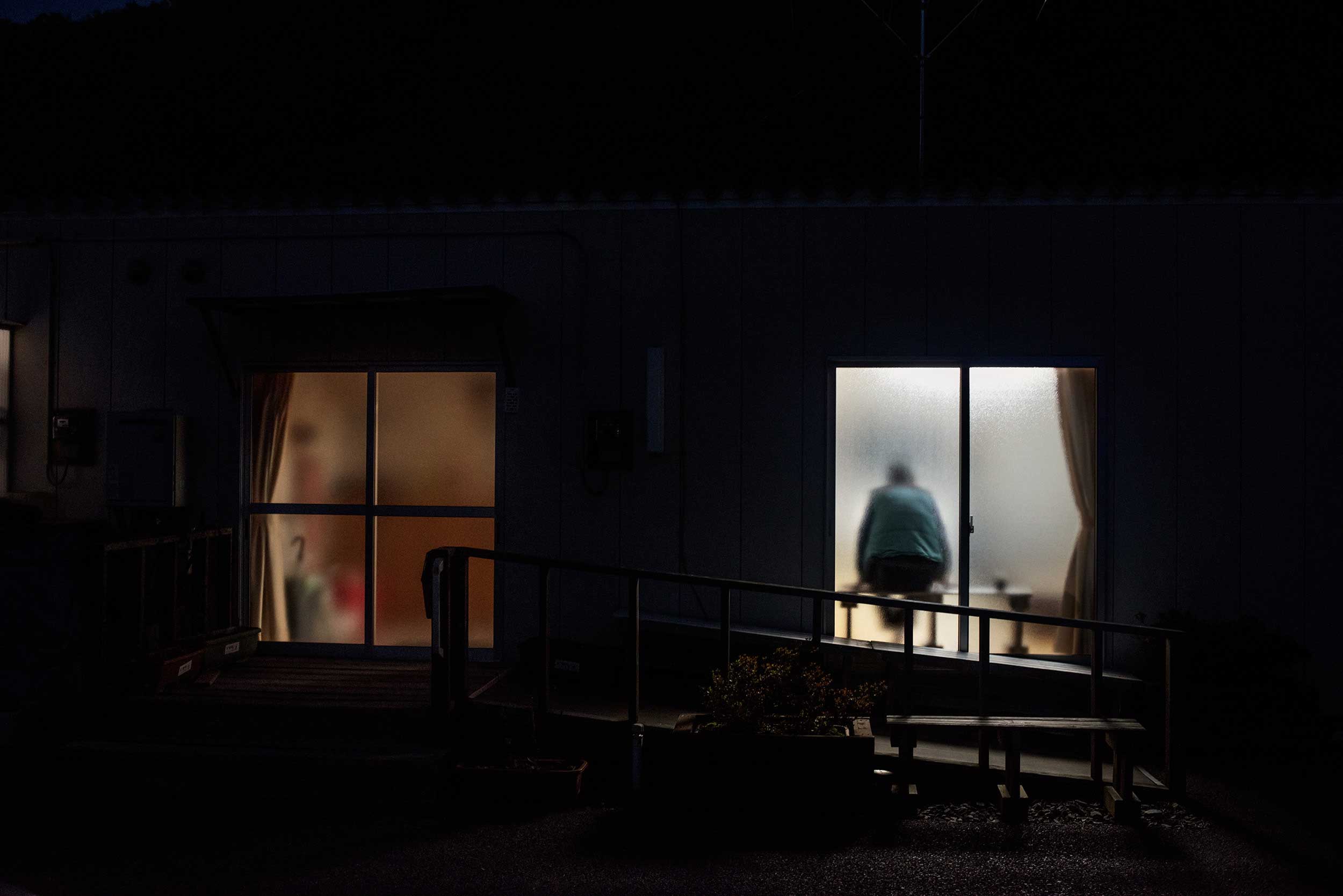
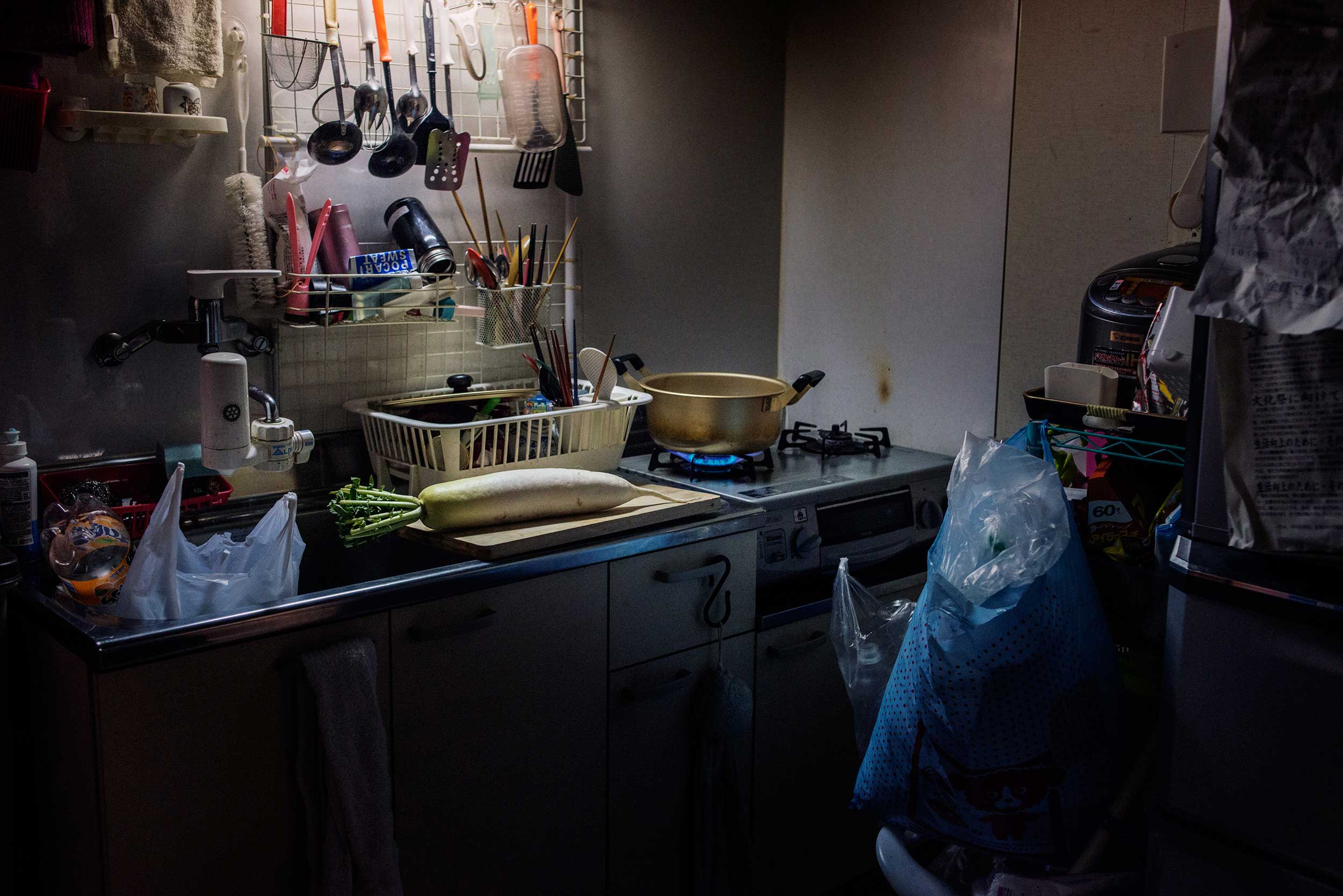
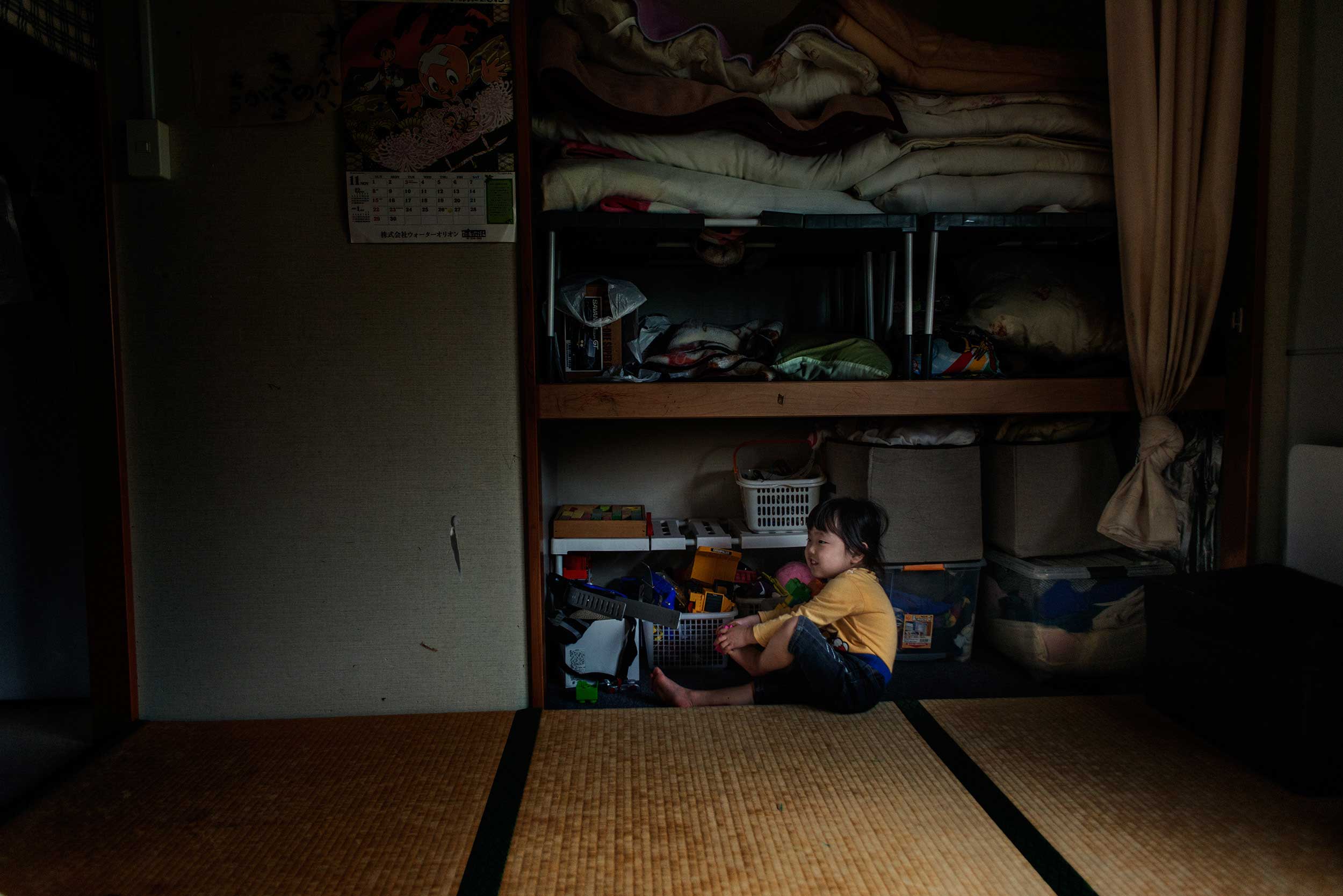
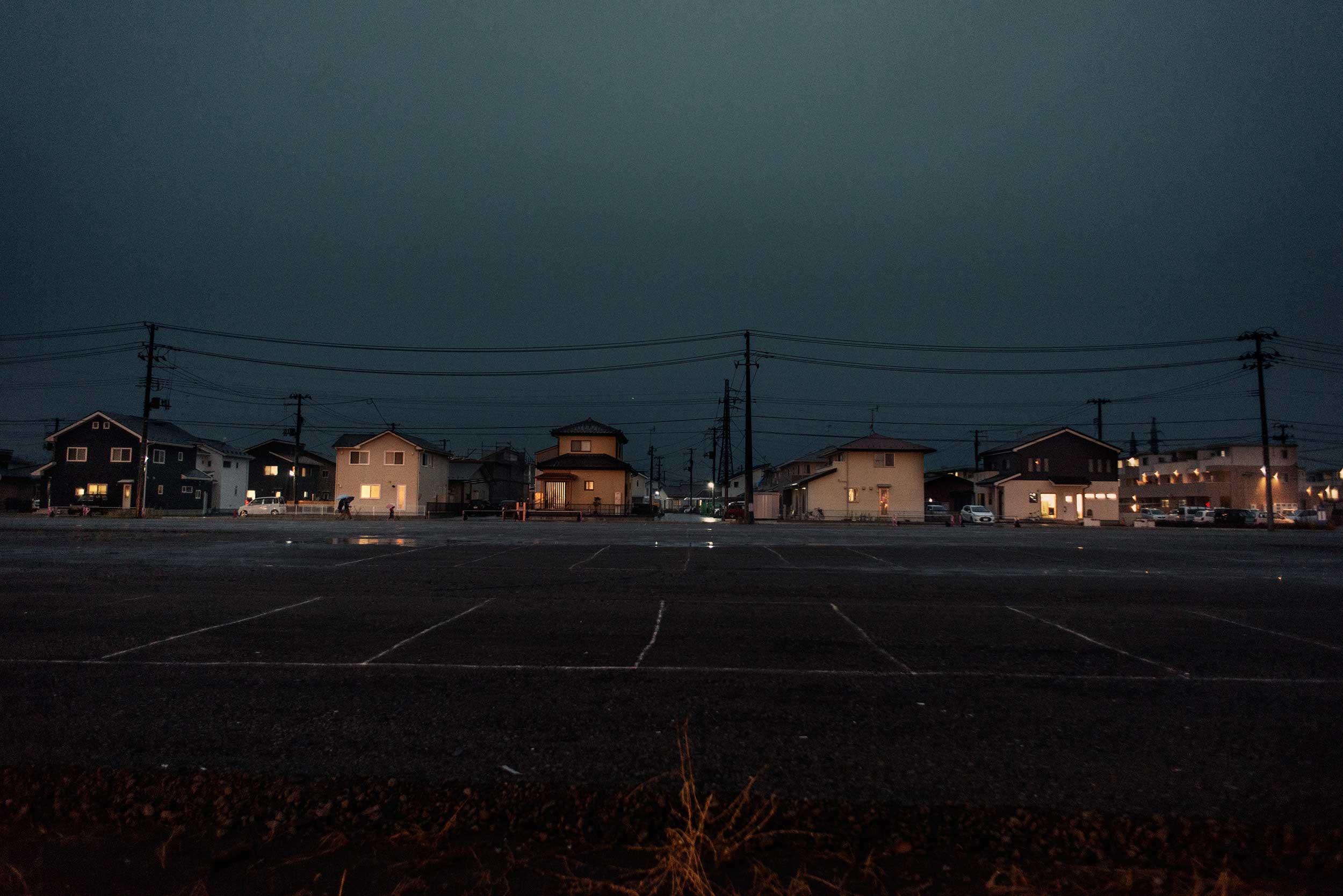
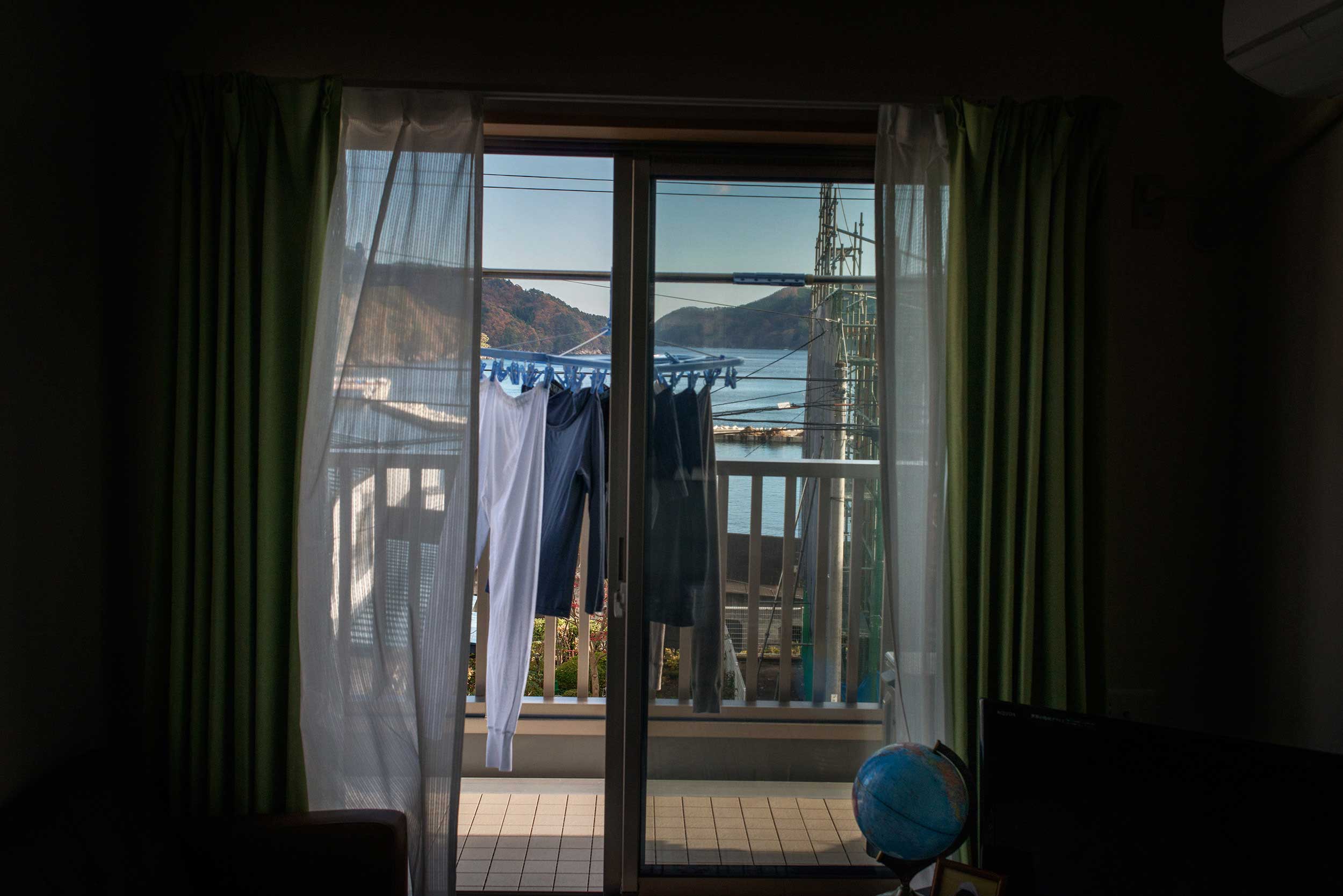
Shingo Ikenoya has not always been a carpenter. The idea came to him when he found himself faced with mountains of debris left by the water that had devastated the town of Otsuchi in the Iwate prefecture. Among other things, there were entire roof beams. Recovering the wood, he began to build small objects. He then learned to build chairs and furniture and ended up opening his own business. One of the works he is most proud of is a Buddhist temple he has put in front of the ruins of the former city hall, now a concrete skeleton. Among the gutted windows and the pieces of hanging metal sheets, a clock which stopped when the tsunami struck. When the wave came the mayor Koki Kato remained in the building to coordinate the evacuation of the city until it was swallowed by the water, taking him along with about forty people who were with him.
"This is the only place in Otsuchi where residents can come and pray for people they have lost," says Ikenoya.
And people also come from the neighbouring cities. Now, he must contend with the new administration and the citizens who want to destroy the temple and eliminate all traces of the day when the city lost 10 percent of its inhabitants in a matter of seconds.
On the 11th of each month Ikenoya and other people gather for a few minutes of silence. "It is not time to destroy it now/yet. Maybe one day, when the city is completely rebuilt," he adds.
Further south along the northeastern coast, in the city of Ishinomaki, where there were more than 3,200 victims, a daily newspaper continues to report on the consequences of the disaster and the reconstruction. "Those who come from other parts of Japan are often surprised that we write about the tsunami and what it has left,” says Michiko Hirai, senior editor at the Hibi Shimbun. The newspaper became popular in the days after the tsunami when the director, with no electricity, decided to write the newspaper by hand on a large billboard.
For one week, five other journalists helped him to collect news about the disaster, such as the arrival of relief in the destroyed cities. They copied each edition onto six posters and distributed them around the temporary shelters. In this way, refugees could get an idea of the scale of the disaster. According to Hirai the earthquake and tsunami have highlighted the distance between the central government and the province. While Tokyo's primary concern is numbers and budgets, in the northeast the focus is on the survivors.
from 0
to 30
from 30
to 80
from 80
to 150
from 150
to 300
from 300
to 600
from 600
to 1000
from 1000
to 2000
more than
2000
source: National Police Agency of Japan (Jan, 2016)
Just three seconds after the first shock, the biggest of those on 11 March 2011, the Japan Meteorological Agency had launched its warning through schools, offices, hospitals and other public places. Nine minutes later the tsunami warning was reaching the coastal towns along the Tohoku area, at different times and in different ways. Despite having had time to escape, many people were not able to get to safety. Some climbed onto the top floors of buildings, but that was not always enough to save them.
Yasuo Takamatsu says that his wife climbed onto the roof of the bank where she worked with thirteen colleagues in Onagawa. Twelve of them, including his wife, were swept away by the water. He no longer holds any hope of seeing her again but is determined to find at least something she had with her when the wave took her. Every week he puts aside his bus driver's uniform and puts on a wetsuit to dive into the waters of the bay. "I took my sub licence to look for her," he says as he describes the collection of debris found on the seabed: from cars to refrigerators to toys.
Along with three other people, Takamatsu has sued the bank for taking employees onto the roof rather than onto the nearby hill, indicated as a refuge in the event of disasters. But for now the court has rejected the plaintiffs’ claim.
Five years after the disaster, 60 thousand of the 180 thousand displaced people are still living in containers, waiting for new housing. Takayuki Ueno continues to to look for his three-year old son Kotaro, who is still missing.
Next to his home, destroyed by the tsunami, he has built a sort of mausoleum, visited by school groups from all over Japan. Since 2011, volunteers from the rest of the country have come to help him in his search.
The region of Fukushima's coastline is less jagged than that of the northern regions. Although the power of the tsunami was less devastating, it left more than 1,800 victims. After the first strong quake, the reactors at the nearest nuclear power plants closest to the epicentre were turned off automatically; with some exceptions, including the Fukushima Daiichi nuclear power plant. The waves damaged the emergency power generators, blocking the cooling system of three of the plant's reactors. The cooling attempts made by pumping in sea water and boric acid didn’t manage to prevent the partial meltdown of the fuel rods, while the pressure of hydrogen gas in reactors 1, 2 and 3 and some fuel rods catching fire in reactor 4 caused the radioactive leak.
Even today, thousands of workers from Tokyo Electric Power (TEPCO) are working to try to remove the continuous flow of radioactive water from the Fukushima nuclear power plant, and to dismantle the damaged reactors. It is a task which, despite initial government promises, has an uncertain outcome. Since 2011, the entire region has been associated with the Fukushima nuclear accident, although not all areas were affected by the nuclear crisis. Immediately after the explosion, a red zone was declared over a 30 km radius around the plant. Radiation does not spread evenly. It follows the lay of the land and the wind direction, and its particles are channeled into the valleys and scattered at sea.
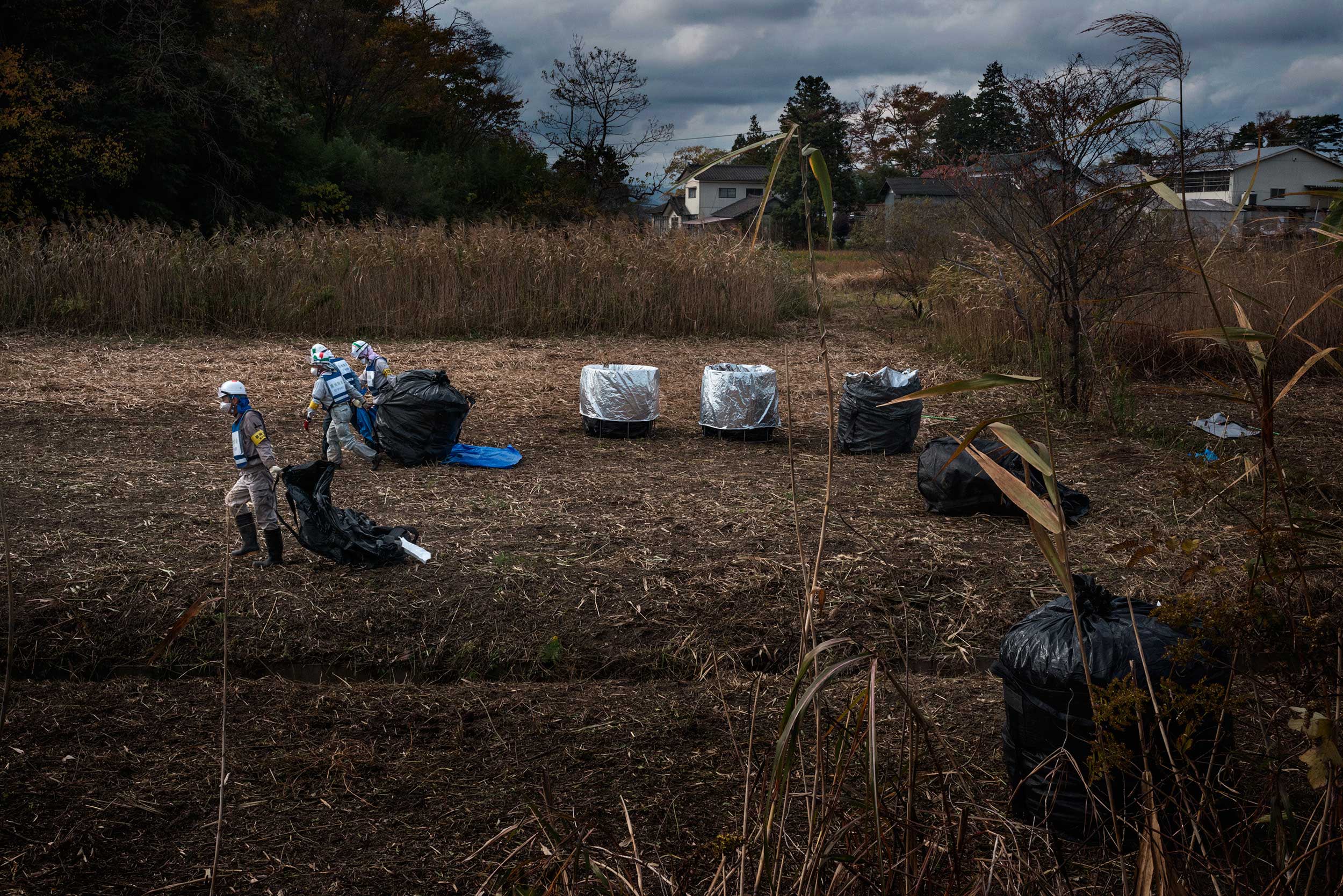
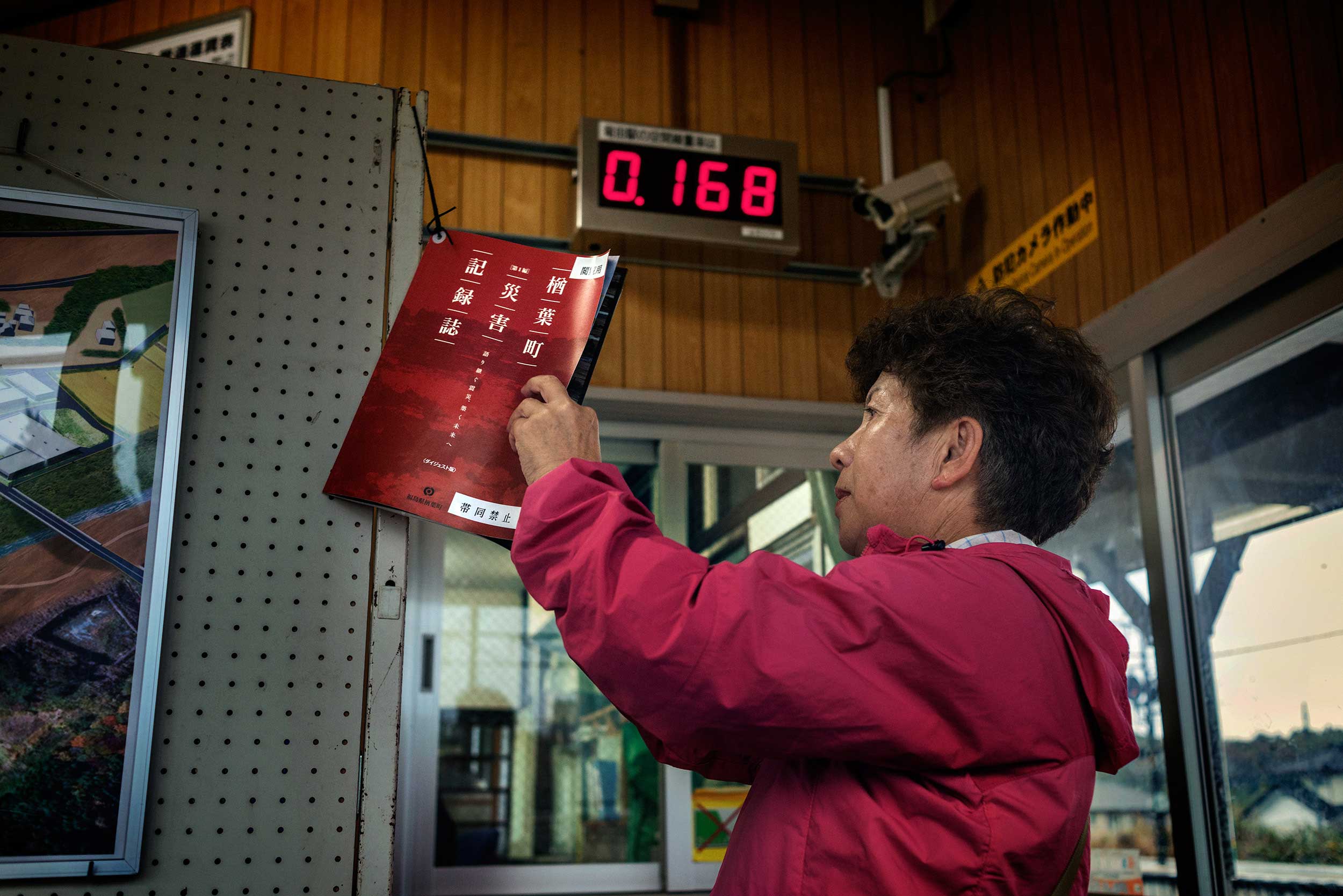
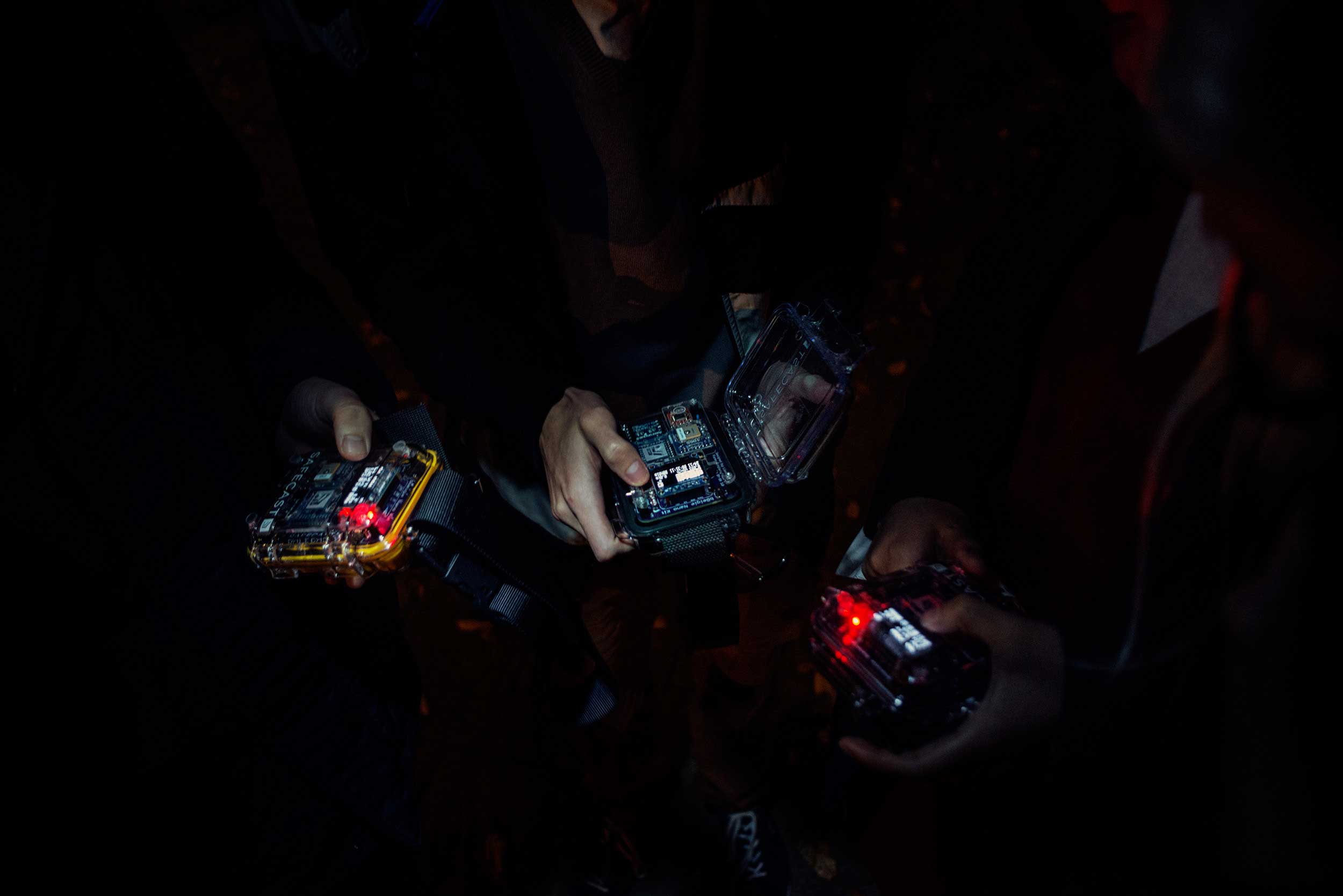
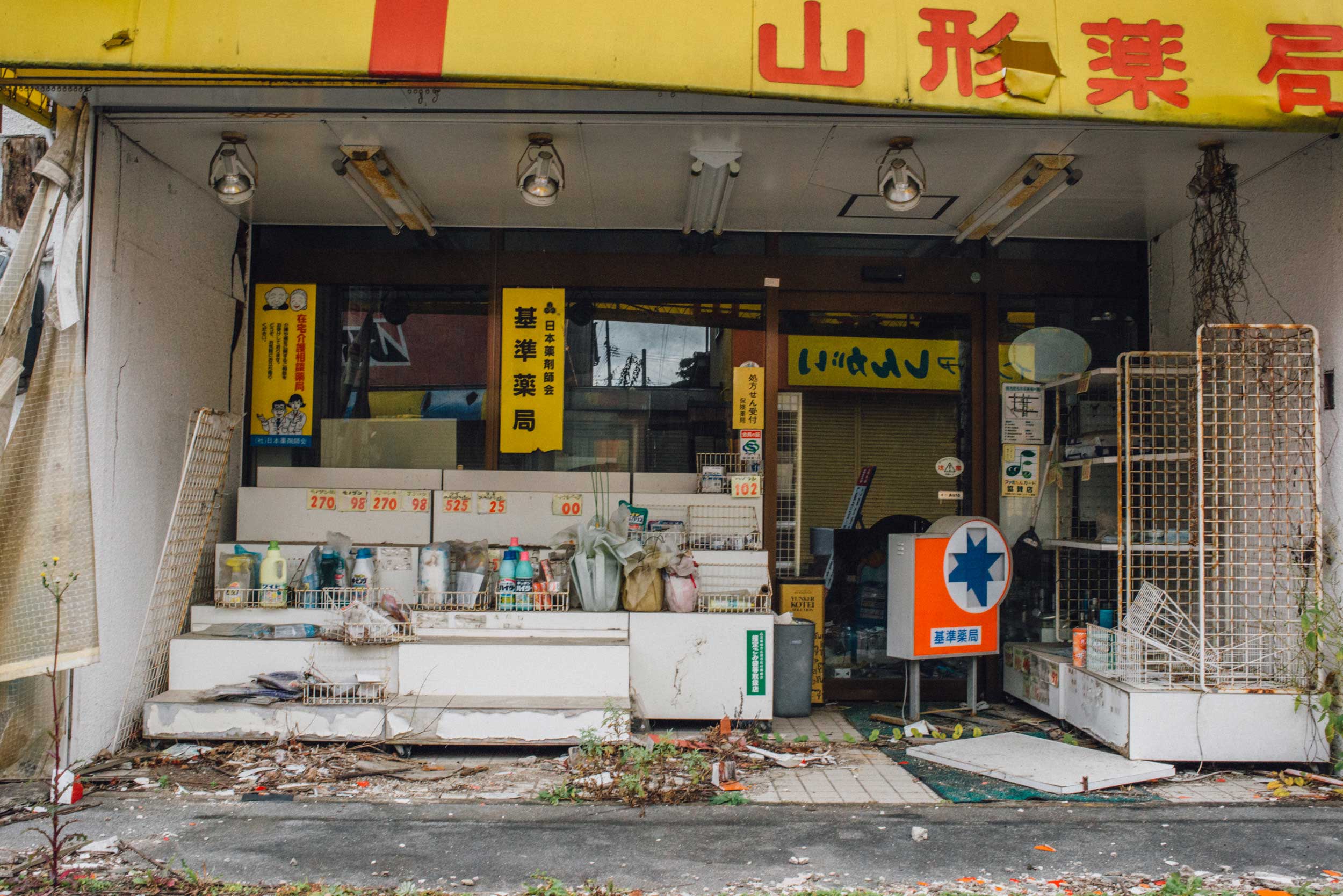
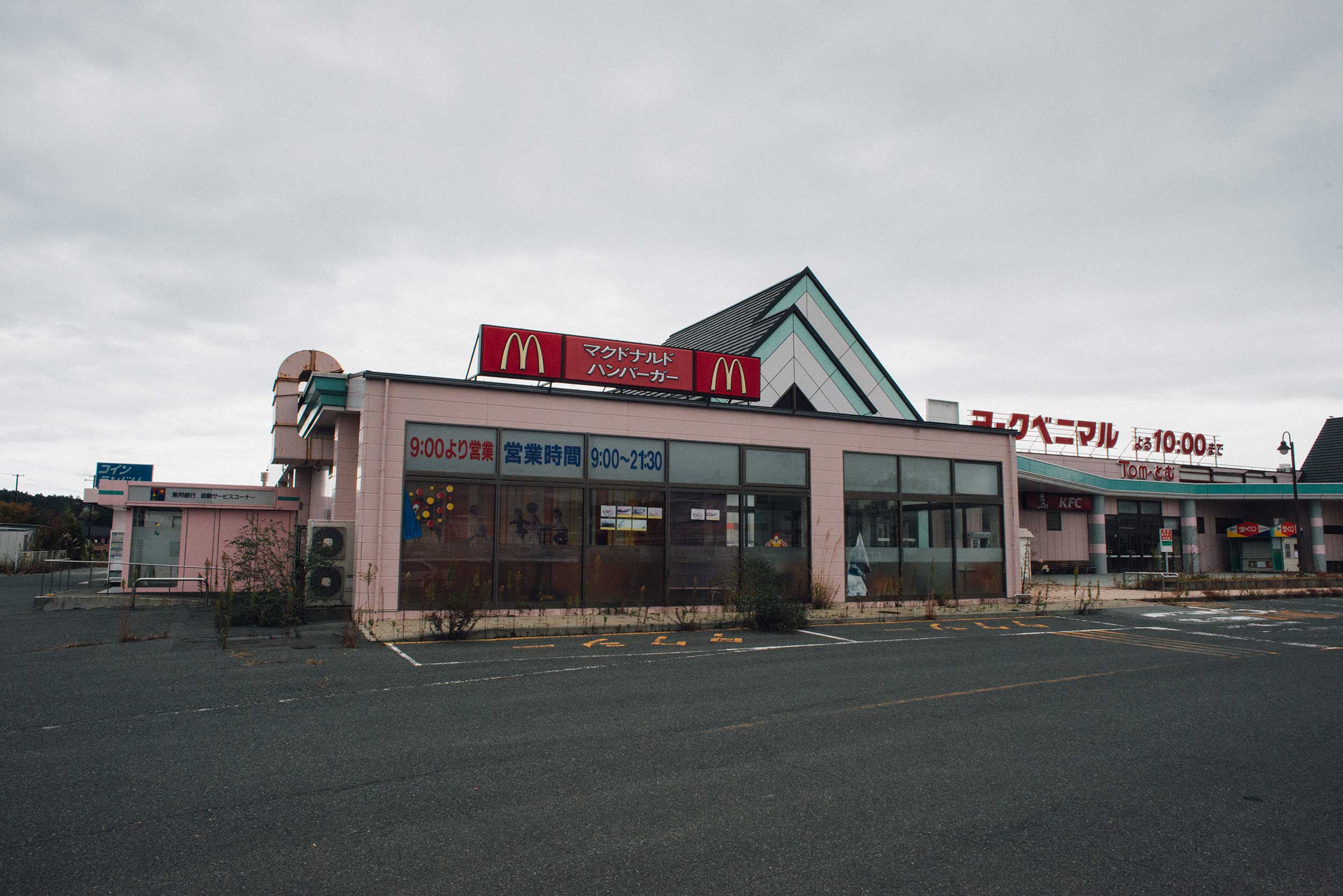
For this reason a city like Iwaki, closest to the reactor, has lower radiation levels than others like Koriyama, about 70 km away. But cities in, the red area – like Namie, Futaba and Tomioka – still remain closed and uninhabited, the homes there, badly damaged. After the evacuation order came, people grabbed their bags but left everything else behind. Now, local guards keep a close watch in all the secondary residential streets, to avoid robberies.
The decontamination of affected soil aims at making even the closest areas accessible, provided that radiation levels do not exceed twenty millisieverts per year. Many wonder if and when these areas will open again, but the real question is: who will be willing to go back?


The difference of the two measurements is due to the coverage made by Safecast and its volunteers in the two periods. In 2016 the measurements’ scale covered most of Japan, not just the northeastern regions as in 2011.
The first response came from Naraha, a town with more than seven thousand people. In September 2015 it was declared habitable. But for now only 6 per cent of the local population have decided to return, and half of them are elderly people. There are a dozen children in the new kindergarten. "The first impression I had just after I got back was that this was not the city where I had lived. The night was dark, there were no lights, I seemed to be in another country," says Yasuto Igari, owner of one design studio in Naraha.
Now there are police patrolling the half-deserted streets, knocking on the doors of occupied homes to remove unwanted tenants. Builders construct new homes without knowing if anyone will come back to live in them. Workers wearing radiation overalls cut the grass and remove the surface layer of soil. They put everything in big blacks bags which are then placed in huge heaps along the coast destroyed by the tsunami. The final destination of those bags has not yet been determined since, understandably, no region wants them.
In 2011 Kenji Saito decided to establish the tsunami museum in Ofunato, created to collect and disseminate information on the tsunami and its consequences. Many of the victims were ill-informed from the lookout; they died because they didn’t think that the waves could come up so high and didn’t escape as required by the emergency plan in the event of disasters. Initially, the Japan Meteorological Agency had underestimated the intensity of the earthquake and the height of the tsunami, predicting up to six meters for the prefecture of Miyagi and three metres for Fukushima.
In order protect the coasts, new levees are going to be built in 677 points along the six regions most affected by the tsunami. The embankments will stretch for 986 km and are between 5 and 10 meters or higher. Some people view these infrastructure projects with scepticism, and wonder if, to protect themselves from the unlikely event of a freak tsunami, they should obscure view of the sea forever. This is why some places decided to lower the expected level of the embankment.
In addition to the tsunami concern, the Fukushima region has another issue to deal with: radiation. After the accident at the nuclear plant, many residents grouped together to buy Geiger counters to detect ionizing type radiation, generated by nuclear reactions.
Unsatisfied with or suspicious of radiation data provided by the government and the power company TEPCO, many citizens created radiation monitoring groups. It was the only way they could decide what to eat and what to avoid, whether to stay in Fukushima or leave their hometown.
During the two commemorative ceremonies that were held after his election in 2012, Prime Minister Shinzo Abe promised to rebuild the area hit by the disaster. The reconstruction aid plan expires in 2016, but the work has yet to be completed and is only just beginning in some areas. The government has therefore decided to revise its budget and has allocated 6.5 trillion (more than 50 billion euros) for the next five years, compared to the 25 thousand billion yen (200 billion euros) spent between 2011 and 2016. As regards the nuclear disaster clean-up, how long it will take and how much it will cost is more difficult to define. Three reactors at the Fukushima Daiichi plant which were damaged by the explosion have to be dismantled. So far only 10 percent of the work has been completed and the delays have forced administrators and technicians to review the most optimistic forecasts: according to the latest assessments it will take at least fifty years to complete the dismantling operation. To this end, prime minister Abe is calling upon TEPCO to make a greater commitment to the decommissioning process. In late October 2015 TEPCO completed an underground barrier of up to thirty meters around the reactors. The objective is to decrease the amount of water – from 150 to 50 tonnes per day – which leaks into the ocean. The barrier, which cost the state 32 billion yen (250 million euros), is made up of tubes containing a flowing liquid coolant which will freeze the surrounding land. This will create create a 1.5km long ice barrier. Another factor to consider is' the process of decontamination of the Fukushima Prefecture. So far, 9 million cubic metres of soil and dust have been collected and closed inside thousands of black bags, dotted along the landscape. There are another 13 million to be collected.
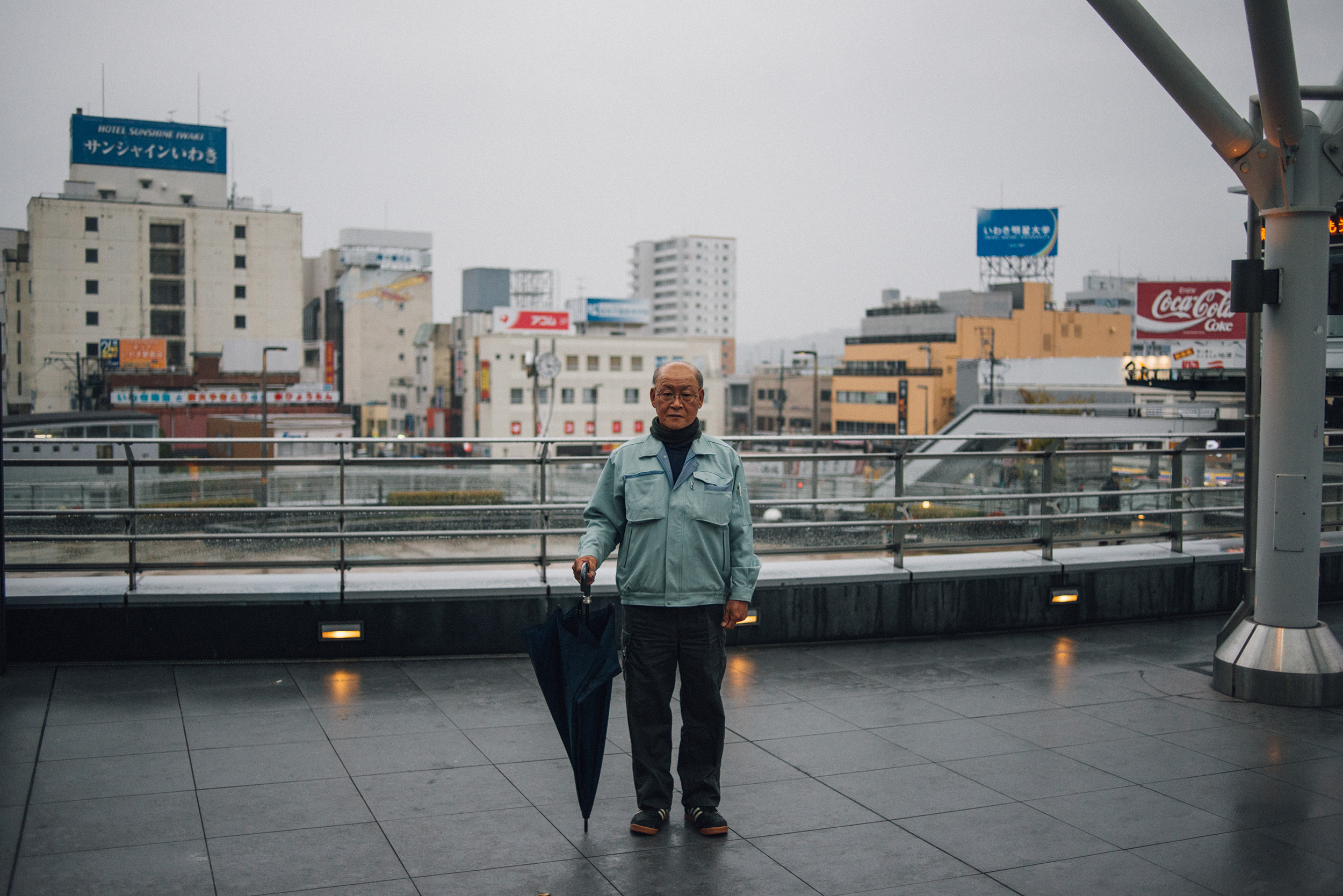
"The first day of work we were told what radiation and how to protect ourselves. But, in reality, you can’t see its effects. I realize only now for the first time how dangerous they are. At that time I was aware of it." Kazuaki Sudo is a former TEPCO worker who has worked at the Fukushima Daiichi plant after the accident of March 11, 2011.
source:
Japan has thus been forced to think about its energy policy. Although more than half of the population opposes nuclear power, and despite efforts to convert to renewable forms, the government has chosen to return to this source of energy, which before the accident provided about 30 percent of the national demand. After the Fukushima disaster, all 54 reactors around the country were shut down and subjected to controlled testing. For two years, the country relied almost exclusively on fossil fuels, with an increase in electricity costs, while public awareness campaigns drove down the total energy consumption, which reached its lowest level since 1990.
Since 2011 the amount of green energy produced had tripled and in June 2013, Prime Minister Abe announced more investments in renewable sources. Today, however, green resources is just over 15 percent of total production of energy, even if Japan is the third country in the world for geothermal reserves. The Japanese government will maintain its "commitment” to changing its energy mix, provided that this does not interfere with the economic growth of the country." While Tokyo is preparing for the 2020 Olympics, the consequences of 11 March 2011 are a problem to be solved as soon as possible. The victims of the disaster, who are trying to rebuild their lives, will have to do it largely on their own.
